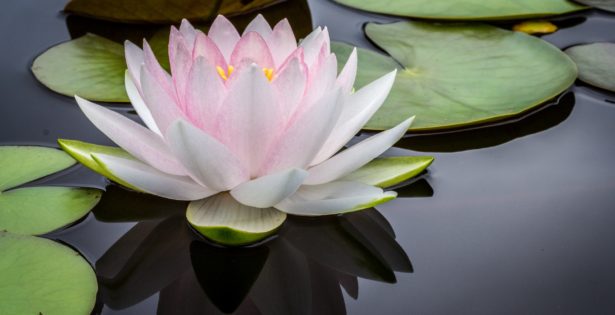So much of what we do through The Dragontree – both at our spas and with our products, courses, and articles – is meant to assist people to prioritize self-care…. Read More
breath work
The Magic is in Your Nose
I was wandering around in a hardware store the other day, feeling rather hot and stuffy in my mask – and also a little anxious – when I realized my… Read More
Tap Into Your Inner Illuminator
Last week Briana and I had a deeply gratifying experience. We led the first training of our advanced life coaches – we call them “Illuminators” – and it went amazingly… Read More



 Cart
Cart


